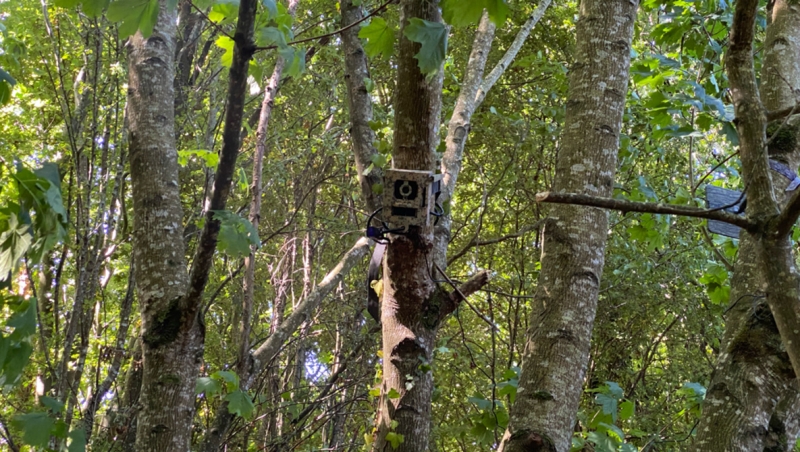Contents
After my previous experience with Reolink’s Go PT Ultra, which I reviewed here, I was curious to see how the company’s new Camovue Talon Pro would stack up in more realistic wildlife conditions. This time, it promised to be more purpose-built for the outdoors, with proper security features, solar charging, and app-based animal detection. Here’s what I found after three weeks of field testing in the Irish countryside.
Finding the Right Spot (Can You See It in the Image Above?)
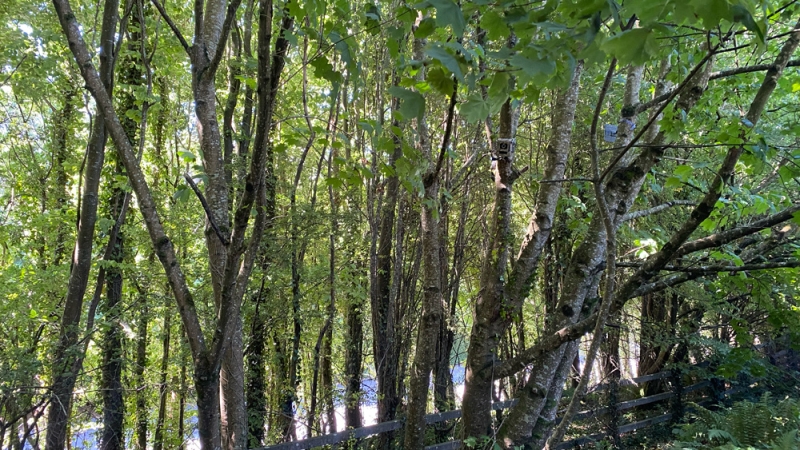
The first real challenge wasn’t with the camera; it was finding a location that actually had wildlife. Ireland isn’t exactly overflowing with high-traffic animal trails, and unlike North America, we’re not working with bears, elk, or moose. After a few false starts, I settled on a hedgerow at the edge of an old laneway where I’ve occasionally spotted foxes and badgers.
Once I had a spot, the setup was simple. The Talon Pro ships with a pre-installed SIM card, a lithium battery pack, a solar panel, and a locking cable. It’s ready to go straight out of the box. Everything clipped into place easily, and the mount was flexible enough to get the angle just right. The included lock is a welcome feature; it’s basic, but it gives a bit of peace of mind when you’re leaving it unattended for days or weeks.
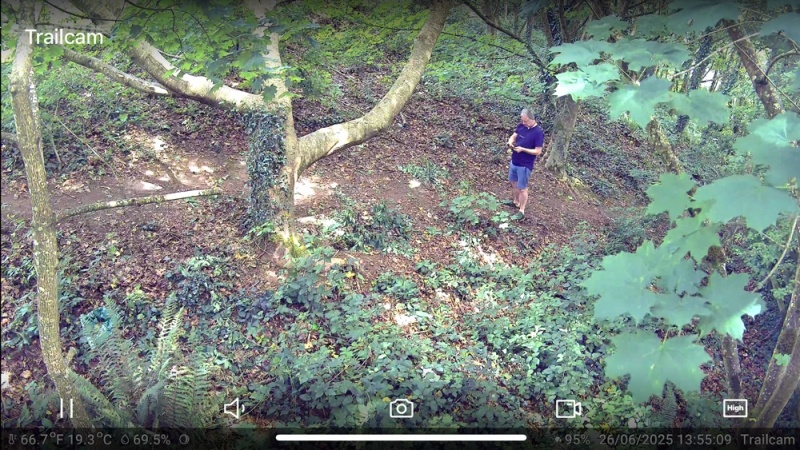
Real-Time Remote Access

What separates the Talon Pro from most budget trail cameras is its connectivity. Using the built-in SIM card, it connects to the strongest available 4G network in your area. (You can also use your own SIM card if you prefer.) Once online, the camera communicates directly with the Camovue app, allowing you to view live footage or receive instant notifications whenever motion is detected.
The app’s AI doesn’t just tell you that something moved; it tries to classify it. I received alerts stating “animal detected” and “person detected” at different times. While the species list is clearly designed for regions beyond Ireland (you won’t be seeing “pine marten” or “sika deer” on the list), it still does a solid job of identifying general types—animal or human—and getting that footage to you quickly.
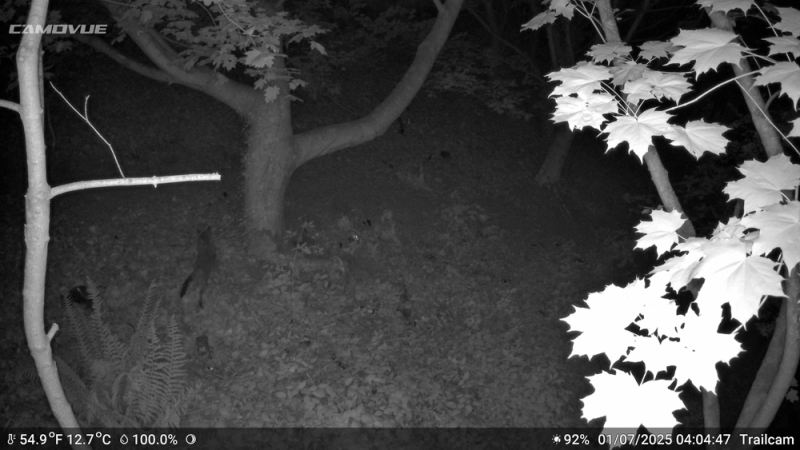
Video and Stills Quality

The Talon Pro shoots 4K UHD footage with a 1/1.8″ CMOS sensor and an f/1.6 lens. In daylight, the video is sharp, and stills pulled from that footage are clean and usable. There’s a slight shutter lag in high-speed movement, but overall, the image quality is noticeably better than the Reolink Go PT Ultra I tested previously. The wider dynamic range also helps in mixed lighting, especially under tree canopy where contrast can change rapidly.
At night, it switches to a 940 nm no-glow infrared system. This means the IR light is invisible to animals and humans, helping reduce spooking while capturing usable night footage. While not as sharp as the daylight material, the night clips still provided enough detail to identify movement and shape, which is all I really need in a scouting tool.
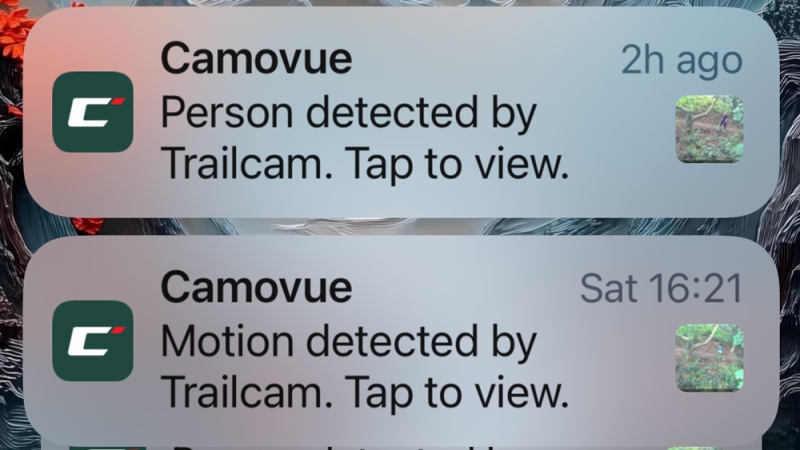
Power and Battery Performance

The real selling point here for me is the solar charging combined with the lithium battery. During my weeks of testing—overcast skies, scattered showers, and very brief periods of sunshine—the battery never dropped below 80%. That’s a major step forward from my Go PT Ultra experience, which struggled to maintain charge in similar conditions.
With the Talon Pro, I feel confident I could leave it out in a remote location for two to three months without needing to return and check on power. That opens up a lot of possibilities for my own work, scouting areas I don’t have time to monitor constantly, or leaving it in place during workshop periods to see what’s moving through an area while I’m focused on teaching, for example.
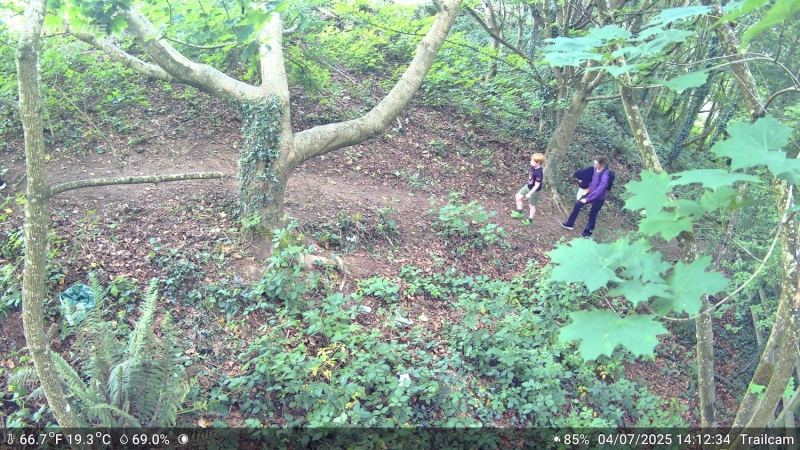
Embedded Metadata and GPS Mapping

Each clip is embedded with GPS coordinates, temperature, and humidity. While I didn’t make heavy use of these features during the initial tests, I can see how this could be useful in long-term projects. Being able to correlate weather or time of day with activity patterns might offer insight into wildlife behavior, especially if the camera is deployed over a full season.
The app also includes a GPS map overlay, so you can see exactly where your camera is positioned and navigate to it if needed. Again, more useful for long-term or multi-cam setups, but still a smart addition.
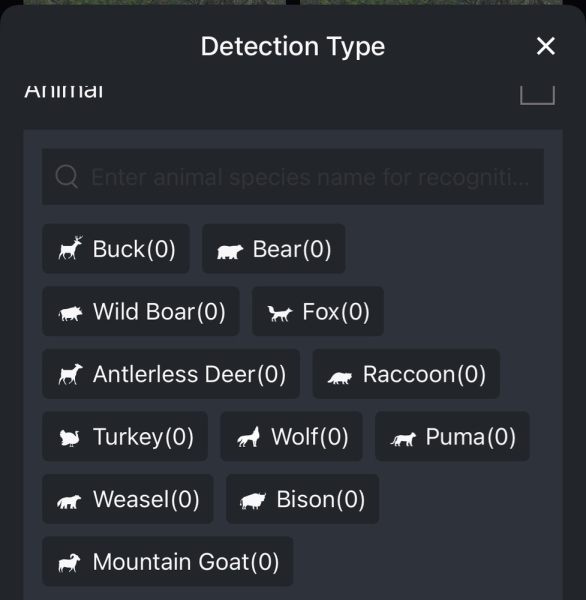
What It Gets Right (and What It Still Needs)

Strengths:
-
4K footage with good dynamic range
-
Reliable solar charging and long-lasting lithium battery
-
Real-time notifications with AI-based motion classification
-
Secure locking and discreet camo housing
-
Embedded metadata for environmental tracking
Limitations:
-
No support for regional animal types in the AI
-
Night footage is functional but not exceptional
-
App is single-user only; no shared access or multiple logins
Final Thoughts
When I tested the Reolink Go PT Ultra, I said it wasn’t quite a wildlife camera, and I still stand by that. The Talon Pro, however, feels like a much better fit for field work. It’s built for remote monitoring. It’s secure, solar-powered, and provides immediate feedback when something passes by. The lithium battery holds up, the footage is sharp, and the app is fast and responsive.
No, I’m not expecting to catch any bears wandering through the Irish hills. But for monitoring foxes, badgers, or even just understanding how people and vehicles move through rural landscapes, this is a capable tool. And for someone who often works alone in the field, that kind of passive monitoring is incredibly useful.
I plan to bring the Talon Pro out west soon, into the more rugged and less-trafficked areas of Ireland. If it holds up there, it might become a permanent part of my toolkit. It’s not flashy, but it’s smart, efficient, and reliable. That’s exactly what a trail camera needs to be.
Do you think this could be part of your gear setup? Do you have a use case that it would fill the needs of?
Let’s continue the conversation in the comments below.
